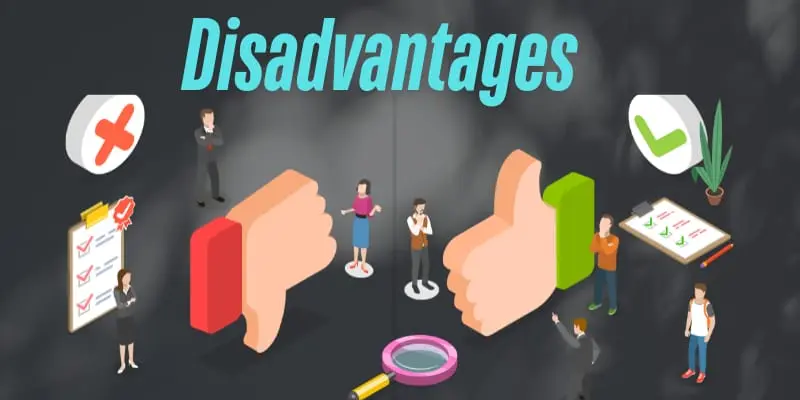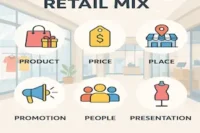What Is Breadth of Assortment? Main Types & Key Pros & Cons
Published: 07 Apr 2025
Breadth of assortment simply means offering a wide variety of product categories in your store.
A perfect breadth of Assortment ensures your customers find exactly what they need while discovering new items they’ll love.
It’s what turns first-time buyers into loyal fans and makes your store their go-to shopping destination.
Here’s what breadth of Assortment is, why it’s important and its key pros and cons for you.
What Is Breadth of Assortment?
Breadth of Assortment also known as product variety width or merchandise breadth refers to the range of different product categories a retailer offers.
It measures how diverse a store’s product selection is across various types of goods, rather than how many options exist within a single category.
For example, a department store with wide assortment breadth might carry clothing, electronics, home goods, and cosmetics, while a specialty store with narrow assortment breadth might focus exclusively on one category like shoes or books.
The right breadth of assortment helps retailers meet customer needs, differentiate from competitors, and drive sales by offering the optimal variety of product types.
Finding the perfect balance in assortment breadth is crucial – too few categories may limit customer appeal, while too many can create operational challenges and overwhelm shoppers.
Different Types of Breadth of Assortment.
Breadth of Assortment is divided into two main types based on the number of product lines a retailer offers.
Here’s what they are and how they work.
Wide Assortment
A wide assortment means the retailer offers many different product lines.
This gives customers more choices across various categories.
For example, a department store may sell clothing, electronics, furniture, beauty products, and groceries.
It attracts a broad range of customers who want to shop for different needs in one place.
Narrow Assortment
Narrow assortment on the other hand means the retailer focuses on just one or a few product lines.
This helps the store specialize in a specific category and meet customer needs in depth.
For example, a shoe store only sells footwear, offering many styles and brands but not other types of products.
Key Advantages

Breadth of Assortment offers a lot of benefits to both customers and retailers. For example
- It Increases customer convenience by offering a one-stop shopping experience
- Attracts a wider range of customer segments and demographics
- Boosts sales through cross-category purchasing opportunities
- Enhances competitive differentiation in crowded markets
- Improves customer retention by meeting diverse needs in one location
- Creates flexibility to adapt to seasonal or trending product demands
- Reduces lost sales from customers seeking unavailable categories
- Enables better inventory risk distribution across multiple product lines
- Supports upselling and complementary product strategies
- Strengthens brand perception as a comprehensive solution provider
The strategic expansion of product categories can drive both immediate sales growth and long-term customer loyalty when properly managed.
Key Disadvantages of Breadth of Assortment

Breadth of assortment can help you increase product varieties and even sales but it introduces some complexities.
For example:
- Higher inventory will cost you more in storage and capital
- Managing multiple suppliers becomes more complicated
- More warehouse space is needed for diverse products
- Slow-moving items may accumulate and reduce profitability
- Demand forecasting becomes less accurate across many categories
- Staff require training on a wider range of products
- Brand identity can weaken if categories lack cohesion
But the solution lies in finding the right balance between variety and operational efficiency. With the proper care and research, you can make informed Decisions.
Hey My Dears
So today we’ve deeply understood the breadth of Assortment in retail.
Now you know how offering the right mix of product categories can attract customers, boost sales, and set you apart from competitors.
While a wider assortment brings more opportunities, remember to balance it with careful inventory planning and customer demand.
Take these insights, apply them to your business, and watch your retail strategy thrive!
Got questions? Share them below—we’re here to help. Happy selling!

- Be Respectful
- Stay Relevant
- Stay Positive
- True Feedback
- Encourage Discussion
- Avoid Spamming
- No Fake News
- Don't Copy-Paste
- No Personal Attacks



- Be Respectful
- Stay Relevant
- Stay Positive
- True Feedback
- Encourage Discussion
- Avoid Spamming
- No Fake News
- Don't Copy-Paste
- No Personal Attacks



